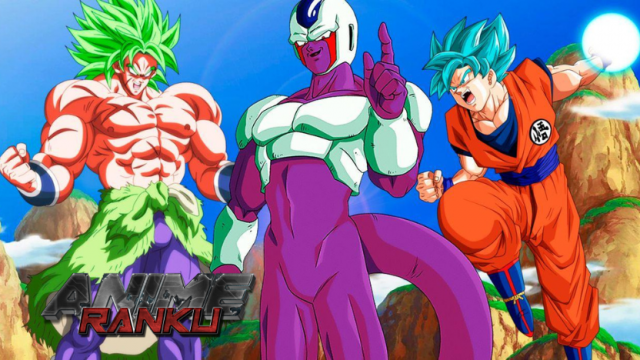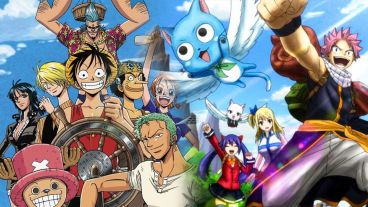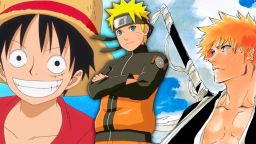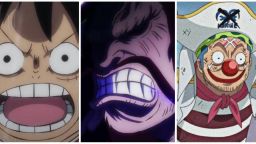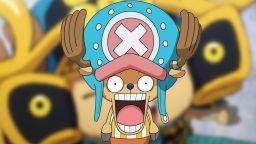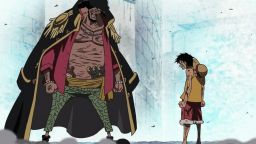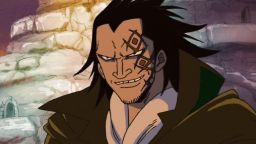One of the most popular media franchises of all time is Dragon Ball, but the canonicality of its films is frequently contested. The most recent films in the series, Dragon Ball Super: Broly from 2018 and Dragon Ball Super: Super Hero from 2022, are regarded as canon to the main plot, but the vast majority of the films in the series are not.
Many of the Dragon Ball movies are fun what-ifs rather than direct continuations because they frequently contradict details from the main plot. The canonicity of a few movies, on the other hand, is debatable because they don't directly contradict the main plot or, at the very least, don't actively contradict it.
What Dragon Ball Movies Are Canon?

The first Dragon Ball Z anime movie is generally regarded as canon, despite the fact that the other three Dragon Ball films are all non-canon and either retellings or reimaginings of tales from the manga or anime that depict Goku's youth. The antagonist Garlic, Jr. used the Dragon Balls to become immortal before being banished to the titular pocket dimension in 1989's Dragon Ball Z: Dead Zone, which took place about a year before DBZ started. Garlic, Jr.'s escape during an anime-only filler arc and subsequent attempt to exact revenge before being banished once more served as further evidence of this placement in canon.
Both 1991's Dragon Ball Z: Cooler's Revenge and 1993's Dragon Ball Z: Bojack Unbound don't directly contradict the main series, despite the fact that the subsequent Dragon Ball Z movies aren't regarded as canon. The 1991 movie Cooler's Revenge could conceivably take place in the three years between Goku's return to Earth and the appearance of the Androids, with Goku still learning how to control his Super Saiyan transformation. This is called into question by the fact that Cooler, a member of their family, has never been mentioned by either Frieza or King Cold.
Similar to how Goku and King Kai may have died immediately following the Cell Games in Bojack Unbound, Gohan may still be learning the Super Saiyan 2 moves in Bojack Unbound. The English dub's explanation for Future Trunks' appearance is that the time-traveling warrior was visiting his friends in the main timeline after bringing about peace in his own era. In a similar vein, Hercule Satan, who makes his film debut in the 1993 film, is already well-known throughout the world for claiming responsibility for Cell's destruction.
Are Wrath of the Dragon and Dragon Ball Super: Broly Canon?

Most intriguing of all is Dragon Ball Z: Wrath of the Dragon from 1995, which takes place right after Kid Buu is vanquished and during a time of peace for Earth and the Z Fighters. The Dragon Fist, Goku's special attack, made its debut in the movie, and it reappeared frequently in Dragon Ball GT, seemingly confirming Wrath of the Dragon as canon.
It is unclear whether Wrath of the Dragon is actually canon given that Dragon Ball Super appears to have revoked the canonicity of DBGT. Although Wrath of the Dragon does not directly conflict with DBZ or Super, Goku has not yet utilized or made reference to the Dragon Fist move in Super's manga or anime.
In the wake of the 2008 short film Dragon Ball: Yo! Return of Son Goku and His Friends! The subsequent Dragon Ball movies seem to have been kept canon by Toei Animation. While Dragon Ball Z: Battle of Gods from 2013 and Dragon Ball Z: Resurrection F from 2015 would both be adapted as the opening story arcs in Super when the anime premiered in 2015, the introduction of Vegeta's brother Tarble in that film was acknowledged in Super.
Because it was written by the series creator Akira Toriyama, unlike the original Dragon Ball Z: Broly trilogy, even Dragon Ball Super: Broly is canon. As a direct continuation of the Dragon Ball Super anime, DBS: Broly also adheres to its continuity. If Toei continues along this path, the upcoming Dragon Ball Super film will probably also be considered canon to the main plot as Goku and the Z Fighters continue to experience new adventures.
